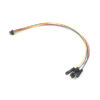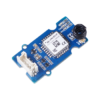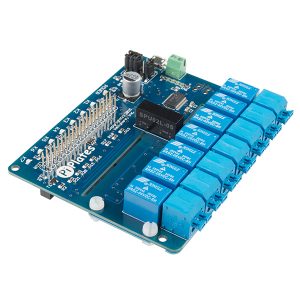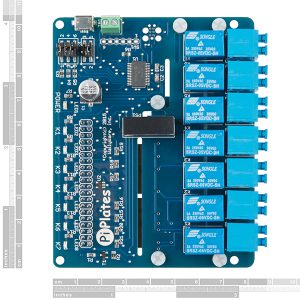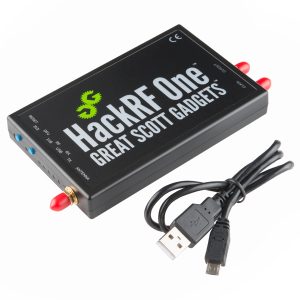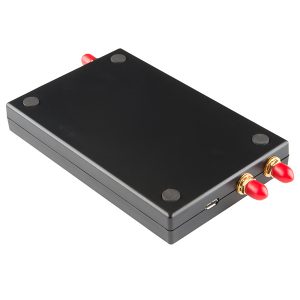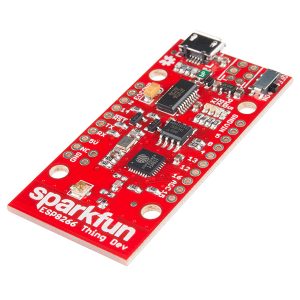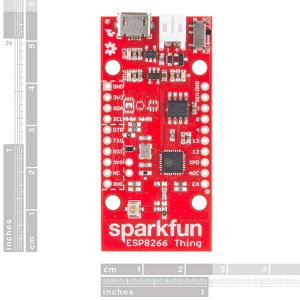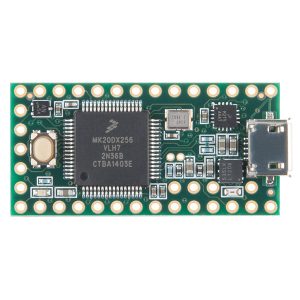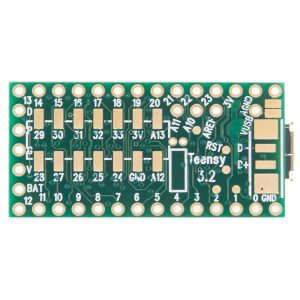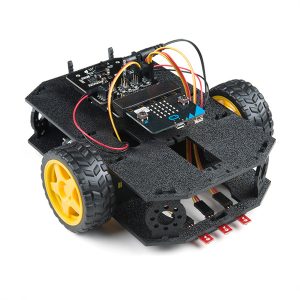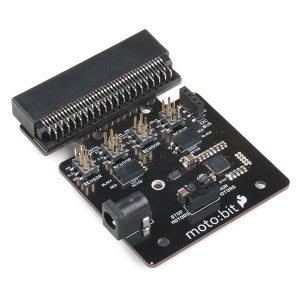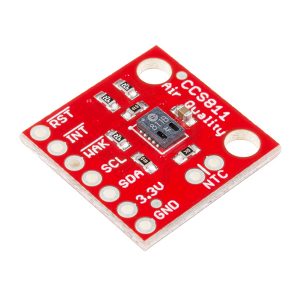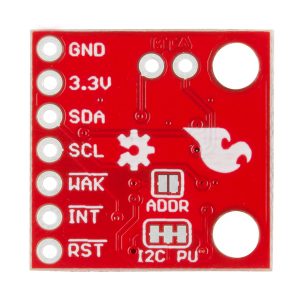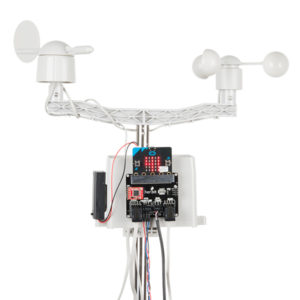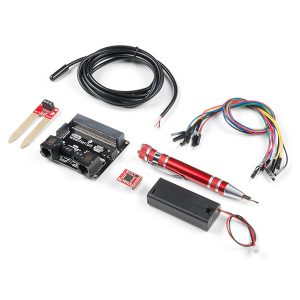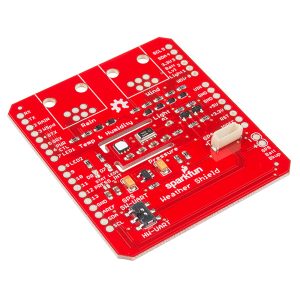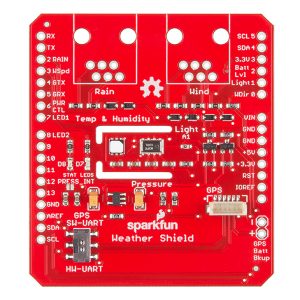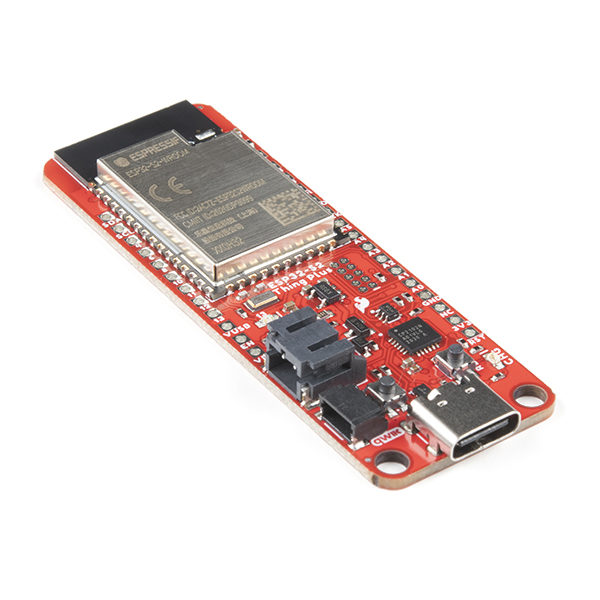

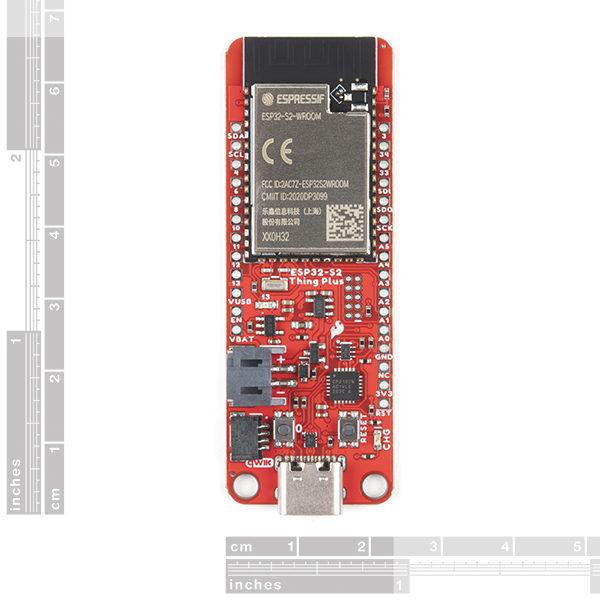
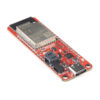

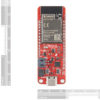
Thing Plus – ESP32-S2 WROOM開發板 Sparkfun原廠
NT$660 未稅
尚有庫存
- 商品說明
商品說明
Thing Plus – ESP32-S2 WROOM開發板
SparkFun ESP32-S2 WROOM Thing Plus是一款高度集成的Feather外形尺寸開發板,配備了Espressif的2.4 GHz WiFi片上系統(SoC)。
ESP32-S2 WROOM模塊具有透明的外部閃存和RAM加密,僅允許簽名固件的安全啟動功能以及使用軟件無法訪問的密鑰生成SHA的隨附HMAC和Digital Signature模塊,可解決原始ESP8266和ESP32中的安全漏洞。
基於ESP32-S2的IoT和基於連接的應用程序側重點,該開發板為連接的項目和應用程序提供了一個強大的選項。
SparkFun的Thing Plus佔用空間僅通過LiPo充電和電源電路增加了主板的功能集,使其非常適合家庭自動化或可穿戴任務。
S2的最大變化可能是ULP(RISC-V)協處理器。這使您可以通過更多選擇來平衡性能與原始ESP32的功耗之間的關係。 ESP32-S2的其他新功能包括用於DVP相機接口,LCD接口和集成溫度傳感器的專用輸出引腳。
如果您的項目需要更多的外圍設備,我們在板載了一個Qwiic連接器,可輕鬆集成到任何配備SparkFuns Qwiic生態系統的傳感器和附件。您還會發現,此Thing Plus使用USB-C連接器,而不是其先前產品中的microB USB。
請記住,儘管ESP32-S2確實包含一個集成的802.11 b / g / n WiFi收發器,其速度最高可達到150Mbps,但它缺少原始ESP32模塊的Bluetooth功能。此外也減少了SRAM和ROM。但是,對更大的外部存儲的支持應該可以輕鬆地彌補這一點。
SparkFun Qwiic Connect System是一個由I2C傳感器,執行器,屏蔽罩和電纜組成的生態系統,可加快原型設計的速度,減少出錯的可能性。所有支持Qwiic的板均使用通用的1mm間距4引腳JST連接器。
規格
- ESP32-S2 Module
- Xtensa® Single-Core 32-bit LX7 Microprocessor (up to 240MHz)
- RISC-V ULP Coprocessor
- 128KB ROM and 320KB SRAM
- 4MB of Embedded SPI Flash Storage
- Cryptographic Hardware Accelerators
- AES, ECB/CBC/OFB/CFB/CTR, GCM, SHA, RSA, and ECC (Digital Signature)
- Physical Security Features
- Transparent external flash and RAM encryption (AES-XTS)
- Secure Boot feature ensures only signed firmware (with RSA-PSS signature) is booted
- HMAC and Digital Signature modules use software inaccessible keys to generate SHA-MAC and MAC signatures
- Integrated 802.11 b/g/n WiFi 2.4GHz Transceiver (up to 150Mbps)
- Integrated Temperature Sensor (-20°C to 110°C)
- Operating Voltage: 3.0 to 3.6V
- WiFi: 310mA (peak)
- Light-Sleep: 550µA
- Deep-Sleep: 20-235µA
- Xtensa® Single-Core 32-bit LX7 Microprocessor (up to 240MHz)
- 21 Available GPIO
- 16x 12-bit ADC Channels
- 2x 8-bit DAC
- 14x Capacitive Touch Sensing
- 4x SPI (only one is configured by default in the Arduino IDE)
- 1x I2S
- 2x I2C (only one is configured by default in the Arduino IDE)
- 2x UART (only two are configured by default in the Arduino IDE, one UART is used for bootloading/debug)
- 8x PWM Channels
- JST LiPo Battery Connector
- Qwiic Connector
- USB-C Connector
- JTAG PTH Pins
- Feather Footprint
Documents
- Schematic
- Eagle Files
- Board Dimensions
- Graphical Datasheet
- Hookup Guide
- Hardware Component Information:
- Espressif’s ESP32 Arduino Core * .json file needed for Epressif’s ESP32 Arduino Core:
https://raw.githubusercontent.com/espressif/arduino-esp32/gh-pages/package_esp32_index.json - Qwiic Info Page
- GitHub Hardware Repository
相關商品
-
RELAYplate 樹莓派專用 7 路繼電器擴展板 可堆疊到最高 56 路繼電器 UL 60950 安規 SparkFun原廠
0 滿分 5 分RELAYplate 是 Raspberry Pi 樹莓派的第一個專用繼電器擴展板,符合滿足 UL 60950 的安全規範要求,同時能夠切換 120v交流電。
加入購物車Quick View -
HackRF One SDR 無線數據傳輸模組 Sparkfun 原裝進口 (不附天線需另購)
0 滿分 5 分加入購物車Quick View -
ESP8266 Thing Dev Board 物聯網開發板 SparkFun 原裝進口
0 滿分 5 分ESP8266 Thing Dev Board 物聯網開發板 SparkFun 原裝進口
SparkFun ESP8266 Thing是 ESP8266 WiFi SoC的突破和開發板,是物聯網(IoT)或WiFi相關項目的領先平台。該Thing是低成本和易於使用,和Arduino IDE集成可以在短短幾個步驟實現。我們通過打開所有模塊的引腳,添加了LiPo充電器,電源和所需的其他所有支持電路,使ESP8266易於使
NT$619NT$560 未稅加入購物車Quick View -
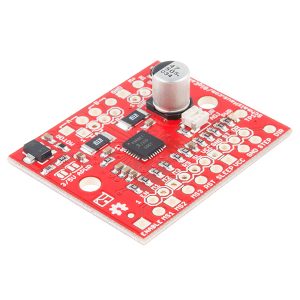
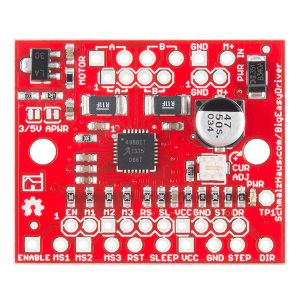 加入購物車Quick View
加入購物車Quick ViewBig Easy Driver 2A 大功率轉譯型步進馬達驅動板 SparkFun原廠
NT$680 未稅0 滿分 5 分加入購物車Quick View -
Teensy 3.2 ARM Cortex-M4 Dev Board SparkFun原廠
0 滿分 5 分加入購物車Quick View -
micro:bot kit for micro:bit-v2.0 機器人自走車套件 SparkFun原廠
0 滿分 5 分Micro:bit 是學習如何構建和編程機器人的完美控制器!將Micro:bit 與SparkFun moto:bit 擴展板相結合,為機器人愛好者創造了一個靈活的低成本機器人平台!使用SparkFun Micro:bit 機器人自走車套件,您可以快速創建簡單的機器人,而無需花費數小時的時間學習如何構建和編程機器人。
注意!本套件不含 Micro:bit 開發板,您如果沒有需要額外加購。
加入購物車Quick View -
Air Quality Breakout – CCS811 VOC 數位空氣質量感測器 SparkFun 原裝進口
0 滿分 5 分NT$952NT$760 未稅加入購物車Quick View -
SparkFun Micro:climate kit for micro:bit v3.0氣候開發系統套件 風力,風速,風向,降雨量,溫濕度 全方案氣象站開發套件
0 滿分 5 分氣候開發系統套件內容物不包含電池和micro:bit 開發板
我們已經看到興趣愛好者,學生和科學家們興致勃勃地興建了一個DIY氣象站,以便跟踪每天在地球上發生的事情。微型氣候工具包是一個氣候站套件,建立在廉價,易於使用的 Micro:bit 和Microsoft MakeCode之上。我們還撰寫了七個實驗,介紹如何使用套件的每個組件以及如何使用micro:bit和Microsoft MakeCode。我們甚至包括一個額外的實驗,包括兩個微位置之間的無線通信,以便能夠在不暴露天氣的情況下監視天氣。
NT$5,238NT$4,280 未稅加入購物車Quick View -
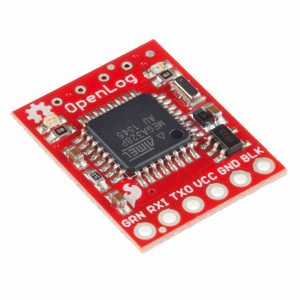
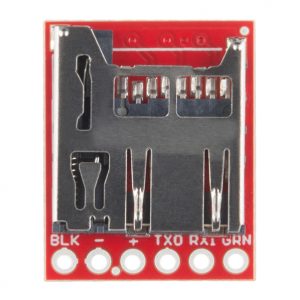 加入購物車Quick View
加入購物車Quick ViewOpenLog 資料紀錄器 最高支援到 64G 記憶卡 SparkFun原廠
0 滿分 5 分NT$500 未稅OpenLog可以存儲或“記錄”大量的串行數據,並且作為一個黑匣子,用於存儲項目生成的所有串行數據,用於科學或調試。
加入購物車Quick View -
Weather Shield 天氣感測擴展板 SparkFun原廠
0 滿分 5 分SparkFun Weather Shield是一款易於使用的 Arduino 擴展板,可讓您獲得氣壓,相對濕度,亮度和溫度。
NT$1,714NT$1,380 未稅加入購物車Quick View

